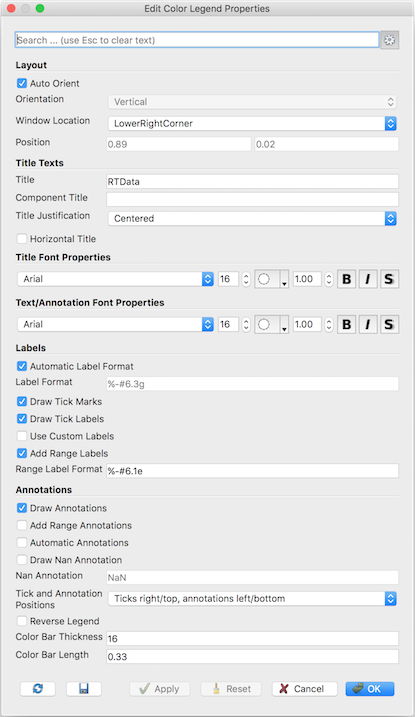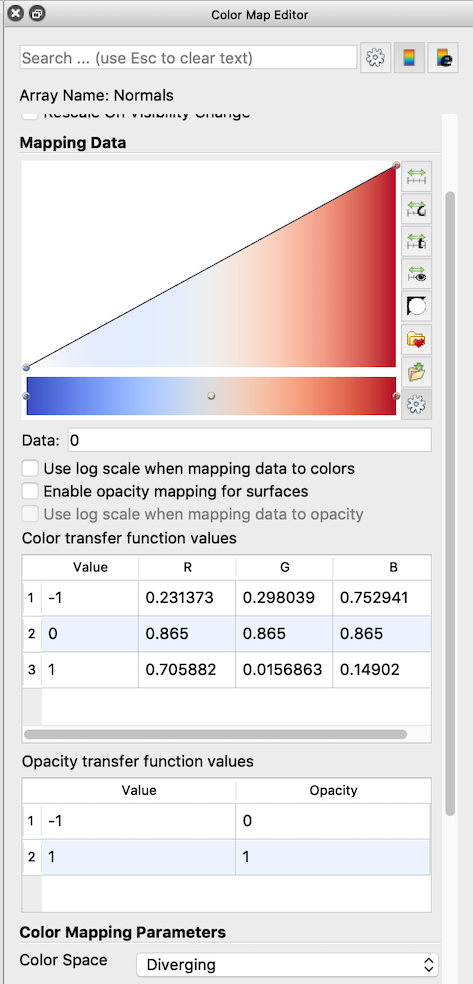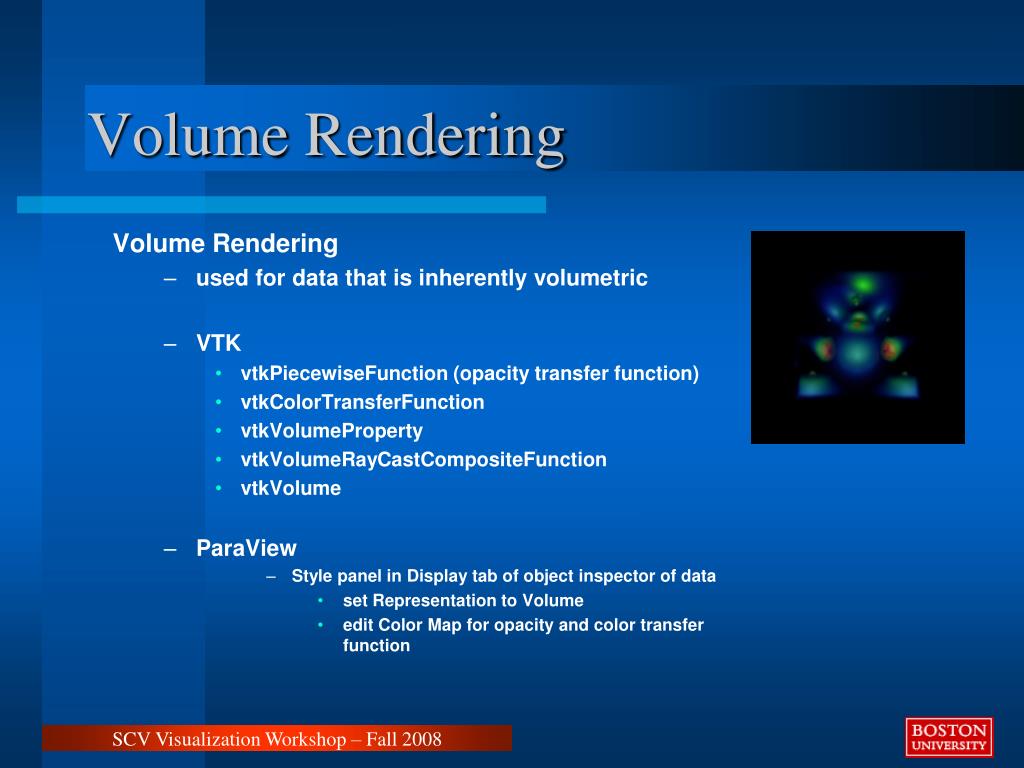

Note that depending on your build configuration, your *.libs files may not be under "lib" but under one of its sub-folders, like "lib/Release" or "lib/Debug". Users/berk/work/paraview3-build/lib:/Users/berk/work/paraview3-build/lib/site-packages This tutorial will be using the python integrated development environment IDLE. You do not have to set PYTHONPATH when using these. You can also use either pvpython (for stand-alone or client/server execution), pvbatch (for non-interactive, distributed batch processing) or the python shell invoked from Tools|Python Shell using the ParaView client to execute Python scripts. These files are the shared libraries located in the paraview binary directory and python modules in the paraview directory: paraview/simple.py, paraview/vtk.py etc. This module can be loaded from any python interpreter as long as the necessary files are in PYTHONPATH. To start interacting with the Server Manager, you have to load the "simple" module. You may also visit the Python recipes page for some examples. This document is a short introduction to ParaView's Python interface. Note: Server Manager is a library that is designed to make it easy to build distributed client-server applications. Using Python, users and developers can gain access to the ParaView engine called Server Manager. This support is available as part of the ParaView client (paraview), an MPI-enabled batch application (pvbatch), the ParaView python client (pvpython), or any other Python-enabled application. ParaView offers rich scripting support through Python.

5.6 Writing Data Files (ParaView 3.9 or later).SelectSurfacePoints(Rectangle=, v.ViewSize])# Or SelectPointsThroughĪrrayInfo = e. One workaround consist of extracting visible data to get the visible range and finally apply it on the original data transfer function. You can not easily rescale to visible range in python. It records each action from the interface and when you stop ( Tools/Stop Trace) it prints the python version of those actions. For information, when looking for the python version of an interface action you can use the Trace ( Tools/Start Trace). # get opacity transfer function/opacity map for 'p'

PLUT.ShowCategoricalColorsinDataRangeOnly = 0
#Paraview transfer function update#
PLUT.AutomaticRescaleRangeMode = "Grow and update on 'Apply'" # get color transfer function/color map for 'p' Paraview.simple._DisableFirstRenderCameraReset() # disable automatic camera reset on 'Show' # import the simple module from the paraview # for and uncomment the line `# renderView*.ViewSize = ` # To ensure correct image size when batch processing, please search Using trace you'd get: # trace generated using paraview version 5.7.0
#Paraview transfer function code#
I want to use the code universally, so manually selecting the data in range with number definition is out of the question.

Running script doesn't give any error but just doesn't do the job of rescaling the colour scheme when compared to same operation done in GUI. I have found this command clipDisplay.SetScalarBarVisibility(renderView1, True) in the Paraview User Guide (Chapter 10.1.2) and placed at the end of Colour Transfer function within paraview tracked script for the clip. I have an automated clip script which i run and as a part of it I would like to have and option to rescale the colour scheme to visible data in range - boolean.


 0 kommentar(er)
0 kommentar(er)
